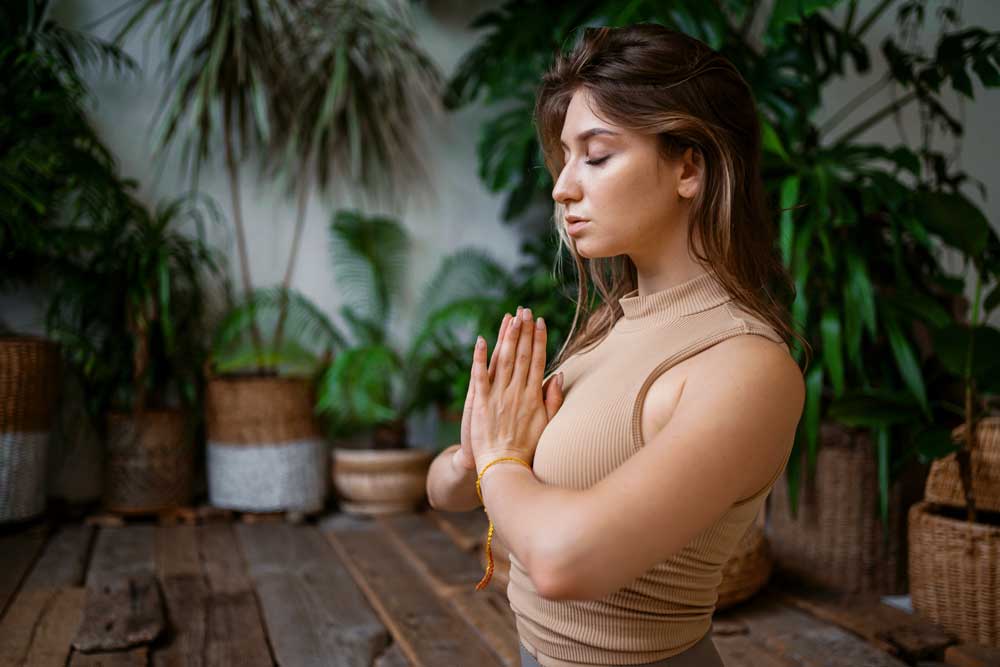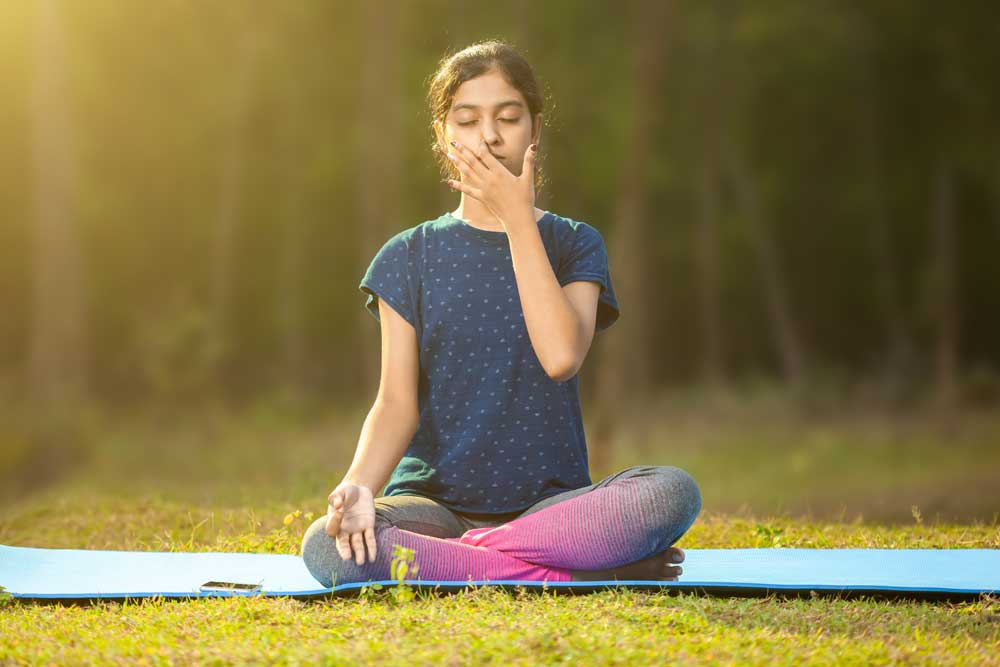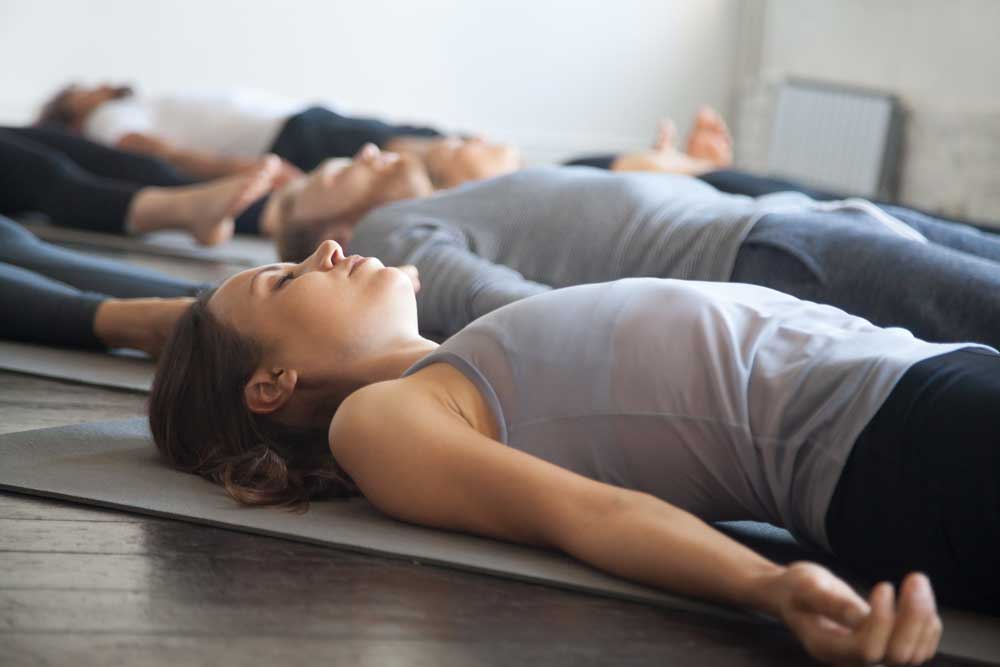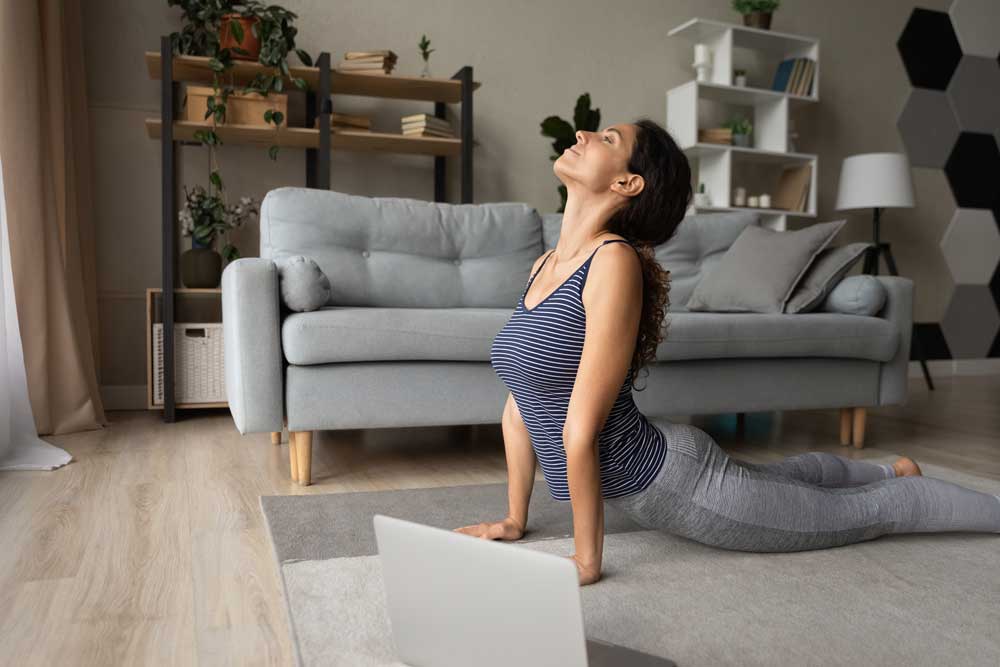It's natural to feel overwhelmed by the flurry of contemporary obligations and neglect our own needs in the bargain. Finding a haven for the body and mind becomes essential when day-to-day activities are too much to handle. Yoga incorporates physical postures, meditation, and breathwork to promote relaxation and calmness, going beyond simple stretching. It's more than just a sensation. People practicing yoga have known for years that it truly helps to reduce stress, and science now supports this.

Yoga's ability to reduce stress has been confirmed by numerous scientific research findings. Balancing the body's sympathetic-parasympathetic nerve system, which controls the ‘fight-or-flight’ reaction, is one of the main ways yoga reduces stress. It lowers blood pressure, reduces the heart rate, and makes it possible to use energy more effectively.
Pranayama
The foundation of all yoga practice is the ‘Pranayama’ (breath control) principle. It includes a number of methods, all of which concentrate on breathing in, holding, and releasing air. By triggering your body's relaxation response, conscious breathing can reduce tension and soothe your nervous system. Among the well-known pranayama methods for relaxing are:

Alternate nostril breathing: This technique may support a relaxing response in multiple areas of the brain.
Ujjayi breath: Also known as ‘Victorious Breath’, Ujjayi helps you focus and eliminate the noise and clutter that add to stress.

Yoga Nidra (yogic slumber)
The pinnacle of profound relaxation is yoga nidra. This yogic sleep is a level of conscious awareness that promotes stillness, relaxation, mental clarity, and emotional tranquility—even if it seems like you're just lying down doing nothing. This technique, which is led by spoken directions, invites you to explore feelings, sensations, and visualisations as you travel through your body, which helps you relax. According to popular belief, 30 minutes of Yoga Nidra can be just as revitalising as several hours of sound sleep.

Progressive Relaxation Of The Muscles
Progressive Muscle Relaxation (PMR) is a western technique that has been incorporated into numerous yoga relaxation practices. The approach is as simple as it is efficient. Beginning at the toes and working your way up to the head (or vice versa), you methodically contract and then relax various muscle groups. This technique eases tense muscles and promotes mental relaxation. Theoretically, your stress will evaporate as you tighten and relax each muscle group, leaving you feeling calm and light.
Your muscles are stretched in yoga positions. They can improve your mobility and reduce fatigue and stiffness. In one study, just eight weeks of yoga increased participants' flexibility by up to 35 per cent. According to a 2017 meta-analysis, yoga lowers the body's levels of the stress hormone cortisol. Numerous health issues, including as anxiety, depression, heart disease, and sleeplessness, are linked to elevated cortisol levels. Yoga is a powerful natural treatment for stress and anxiety because it balances other neurotransmitters and lowers cortisol.

Cat And Cow
This pose’s main emphasis is on your back.
• Place yourself on your hands and knees on the ground.
• You should have your knees beneath your hips. Your hands should be just below your shoulders, and your arms should be straight.
• Move your head and pelvis downward, towards the floor, and exhale as you circle your back upward, like a cat stretching.
• As you take a breath, raise your head and pelvis into the cow pose and bend your back downward.
• Do it three times.
Seated Child’s Pose
This aids in back stretches.
• Sit upright in a chair to begin.
• Lean forward until your arms rest on your thighs, ensuring that your head, neck, and spine are all in a straight line.
• Maintain this posture while you inhale and exhale three to five times.
Seahorse Posture
This strengthens your quadriceps.
• Take a seat. Drop your left knee till it reaches the floor while keeping your right leg bent and your right foot firmly planted on the ground.
• For stability, place the ball of your left foot on that side.
• Lean back and feel the stretch while clinging to the chair.
• Take three or four breaths and hold.
• Continue on the opposite side.
Fan Pose
This stretches your arms and shoulders.
• Place your feet firmly on the edge of a chair and sit up straight.
• Lean forward while extending your back and drawing your shoulder blades back with your hands clutching the chair's back.
• Hold this position while taking three to five deep breaths.
Yoga has numerous health advantages. Your general physical fitness, stress levels, and sleep quality can all be enhanced by the various poses. Before starting any new workout regime, you should discuss it with your doctor to be sure it's safe for you.